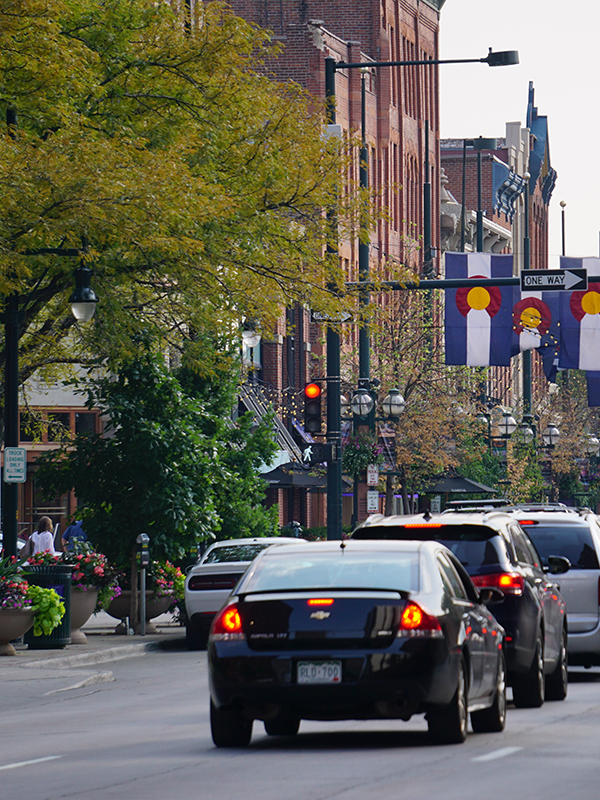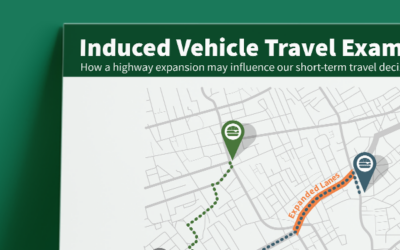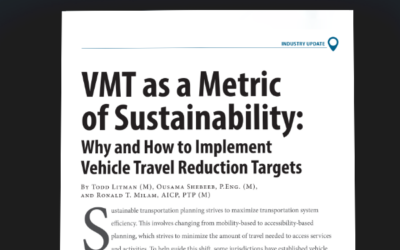A Transformative Data Collection Solution

A Transformative Data Collection Solution
Alternative Data Collection
Over the past weeks, Fehr & Peers has actively listened to our clients throughout the country and gathered feedback on what challenges agencies, institutions, teaming partners, and private sector clients face in these unprecedented times. One aspect of our industry that many have asked about is data collection:
How will Fehr & Peers be approaching data collection in these times of suppressed travel volumes and economic activity, and how will this impact data quality, schedule, and defensibility?
Because traffic volume data is the foundation of many aspects of the transportation profession, from forming the basis of traffic volume forecasts to informing design characteristics, having good estimates of existing traffic volumes is critical to the engineering – and political – success of projects. Traditional data collection methods may now result in unacceptable delays to project schedules and yield count data that does not meet technical expectations. Feedback received from clients indicates that an alternative solution to traditional data collection should be:
- Based on a high-quality source of data, including multiple days of observations throughout the year
- Efficient to generate and analyze
- Cost-effective
- Able to replicate previous traffic count volumes within typical margins of error expected in the transportation profession
StreetLight Confidence Test
As noted in our recent blog post, we have accelerated our Research and Development actions to address the questions and needs of our clients and teaming partners. Fehr & Peers has leveraged our relationships with vendors of Big Data and emerging sources of data and technologies to determine alternatives to traditional count methods.
Fehr & Peers’ Forecasting and Operations Discipline Group, Land-Use and Transportation Discipline Group, and Data Science Technical Initiative have jointly completed an independent, third-party validation review of StreetLight Data’s intersection turning movement volume estimates. This validation review compared StreetLight’s traffic volume estimates to morning and afternoon peak period counts taken in 2019 at over 70 intersections throughout the California, Washington, and Utah markets, including over 2,650 individual movements by hour. We focused on count locations in these particular states, as StreetLight’s validation whitepaper on the algorithms behind the product indicated that the calibration of these algorithms relied on data from Colorado, Arizona, Midwest, and Eastern Seaboard regions.
The comparison included a statistical analysis of how the count data and the StreetLight volume estimates compared:
A Viable Solution
There are strengths and weaknesses with any data source – single-day traffic counts provide a more accurate representation of a single day’s traffic volume, but cannot provide information about the expected large variations in volume (at least +/- 10%) from one day to another or season-by-season. Big Data-based count volume estimates (of which StreetLight is one of a handful of providers) provides a much larger sample which can capture that variability.
The costs for big data traffic volume estimates are competitive with traditional traffic counts and offer the benefit of including up to one year’s worth of data plus all hours of the day. This data is available on-demand (saving valuable schedule), and has a much greater sample size, thus providing greater confidence in the estimates. Based on this information, StreetLight estimates meet all of the desired characteristics requested by our clients regarding an alternative solution to traditional data collection.
If you would like to know more about this data product and how it can be used to address your needs, connect with us.
share this article
Explore More
Olympic-Size Mobility
Olympic fever fills the air as Paris hosts the 2024 Games, welcoming millions of visitors. Meanwhile, Los Angeles gears up for the 2028 Olympics, focusing on improvements that will benefit the city long after the games end.
Induced Vehicle Travel Example
Here’s an example of how highway expansions influence our short-term travel decisions
Embracing VMT for a Sustainable Future
Explore impactful strategies for sustainable transportation in the latest ITE Journal article, co-written by one of our VMT experts, Ron Milam.




